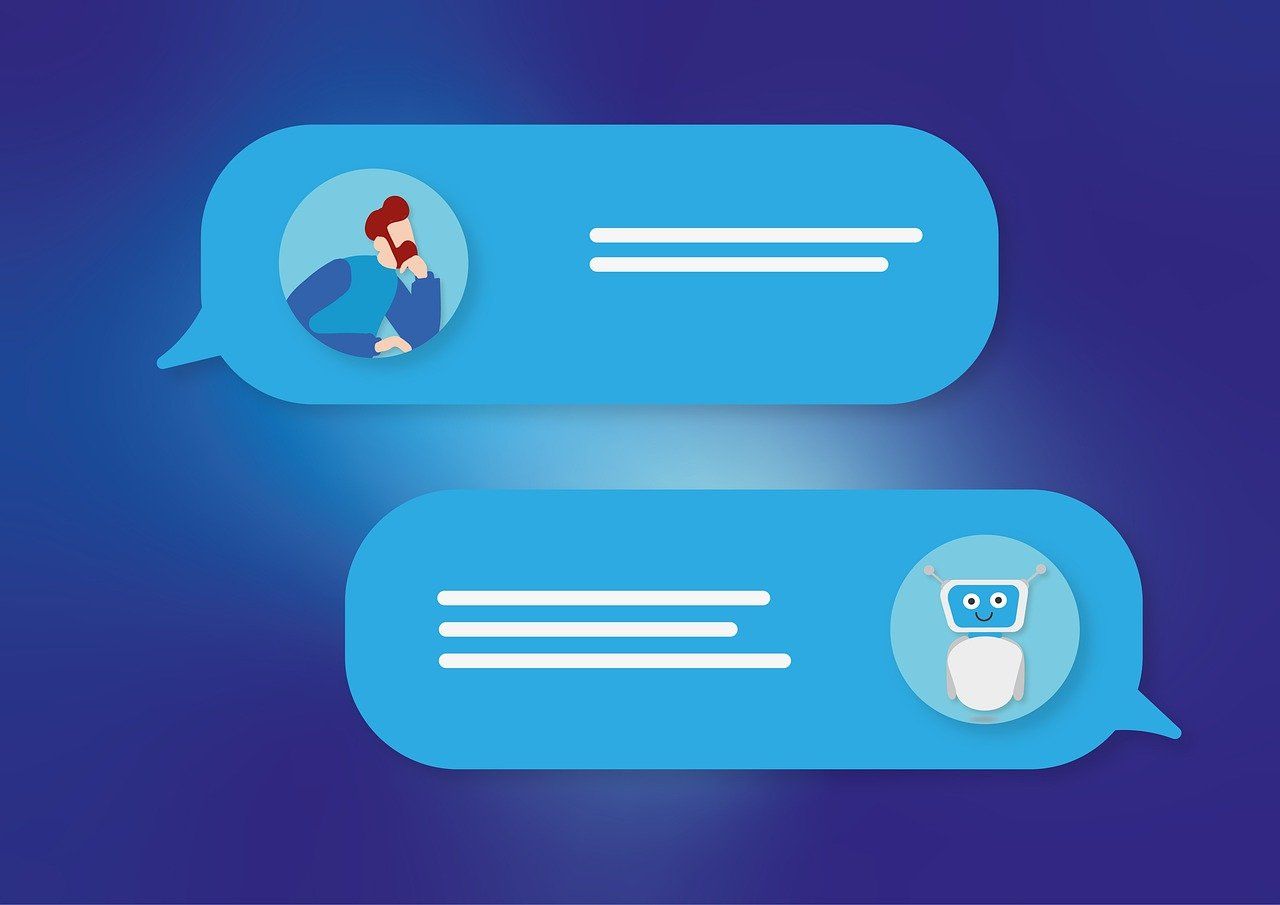
Integrating Chatbots with Existing Business Systems: A Guide
 In today's fast-paced digital landscape, businesses are constantly seeking ways to enhance customer experiences and streamline operations. One technology that has gained significant traction is the chatbot. These AI-powered conversational agents have revolutionized how companies interact with their customers and manage internal processes. But the real magic happens when chatbots are seamlessly integrated with existing business systems.
In today's fast-paced digital landscape, businesses are constantly seeking ways to enhance customer experiences and streamline operations. One technology that has gained significant traction is the chatbot. These AI-powered conversational agents have revolutionized how companies interact with their customers and manage internal processes. But the real magic happens when chatbots are seamlessly integrated with existing business systems.
1. Understanding Chatbot Integration
What is chatbot integration?
Chatbot integration refers to the process of connecting AI-powered conversational agents with a company's existing software systems, databases, and workflows. This integration allows chatbots to access and utilize real-time data, enabling them to provide more accurate and personalized responses to user queries.
Benefits of integrating chatbots with existing systems:
- Enhanced customer experience through personalized interactions
- Improved operational efficiency by automating routine tasks
- Real-time access to data across various business systems
- Consistent communication across multiple channels
- Valuable insights from customer interactions to inform business strategies
Common challenges in integration:
- Technical complexities, especially with legacy systems
- Ensuring data security and privacy
- Maintaining a consistent user experience across platforms
- Overcoming resistance to change within the organization
2. Key Considerations Before Integration
Before diving into chatbot integration, it's crucial to:
a) Assess your current business systems - Take stock of your existing software, databases, and workflows. Identify which systems would benefit most from chatbot integration.
b) Define integration goals and objectives - Clearly outline what you want to achieve with chatbot integration. Is it to improve customer service, streamline internal processes, or both?
c) Choose the right chatbot platform - Select a platform that aligns with your business needs and can easily integrate with your existing systems. This is where solutions like Anablock come into play, offering robust integration capabilities.
3. Steps to Integrate Chatbots with Existing Systems
a) Planning and Strategy:
- Develop a comprehensive integration roadmap
- Identify key stakeholders and form a cross-functional team
- Set realistic timelines and milestones
b) Data Integration and APIs:
- Determine which data sources the chatbot needs to access
- Develop or utilize existing APIs for seamless data exchange
- Ensure proper data formatting and synchronization
c) User Interface and Experience Design:
- Design conversational flows that align with your brand voice
- Create a user-friendly interface that integrates well with existing platforms
- Implement natural language processing (NLP) to understand user intent
d) Testing and Quality Assurance:
- Conduct thorough testing of all integration points
- Perform user acceptance testing to ensure a smooth experience
- Iterate based on feedback and performance metrics
e) Deployment and Monitoring:
- Roll out the integrated chatbot in phases
- Monitor performance and gather user feedback
- Continuously optimize and improve based on data and insights
4. Best Practices for Seamless Integration
- Ensure data security and privacy: Implement robust security measures to protect sensitive information.
- Maintain consistent user experience: Ensure the chatbot's interface and responses align with your brand's tone and style.
- Continuous learning and improvement: Leverage AI and machine learning to enhance the chatbot's capabilities over time.
5. Future Trends in Chatbot Integration
As we look to the future, several trends are shaping the landscape of chatbot integration:
- Advanced AI and NLP: Chatbots will become even more sophisticated in understanding and responding to user queries.
- Omnichannel integration: Seamless integration across multiple platforms and devices will become the norm.
- Emotional intelligence: Chatbots will better recognize and respond to user emotions, providing more empathetic interactions.
- Augmented analytics: Integration with advanced analytics tools will provide deeper insights into customer behavior and preferences.
Did You Know? According to recent statistics, businesses can reduce customer service costs by up to 30% by implementing conversational AI solutions.
6. Conclusion
Integrating chatbots with existing business systems is no longer a luxury - it's a necessity for companies looking to stay competitive in the digital age. By following the steps and best practices outlined in this guide, businesses can harness the full potential of chatbot technology to enhance customer experiences, streamline operations, and drive growth.
Ready to transform your business with integrated chatbot solutions? Visit chat.anablock.com today to learn how Anablock can help you seamlessly integrate AI-powered chatbots with your existing business systems.
Related Articles


